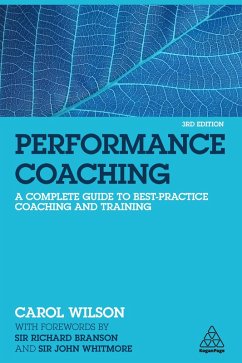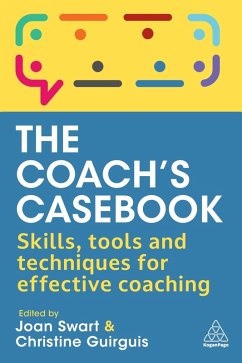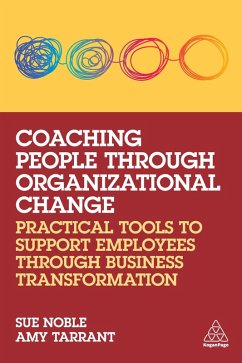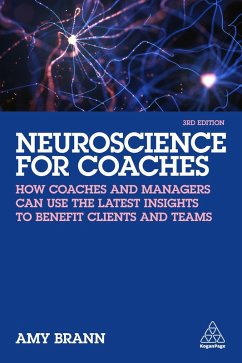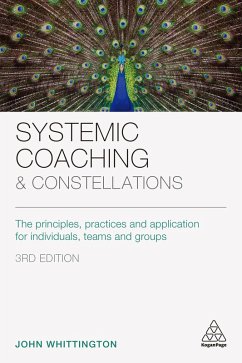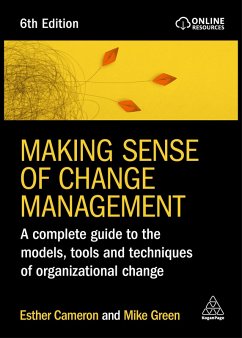
50 Top Tools for Coaching (eBook, ePUB)
A Complete Toolkit for Developing and Empowering People
Versandkostenfrei!
Sofort per Download lieferbar
27,95 €
inkl. MwSt.
Weitere Ausgaben:

PAYBACK Punkte
14 °P sammeln!
Full of exercises, models, checklists and templates, this book covers how to assess the needs of clients, select the right tool for the circumstance and deliver effective coaching with confidence. A complete resource for both in-house and external coaches, 50 Top Tools for Coaching presents the techniques required for every coaching situation. It focuses on every stage of the coaching process, from setting up and managing the coaching relationship, understanding and resolving conflict, developing client confidence and performance to enhancing leadership styles and coaching during periods of ch...
Full of exercises, models, checklists and templates, this book covers how to assess the needs of clients, select the right tool for the circumstance and deliver effective coaching with confidence.
A complete resource for both in-house and external coaches, 50 Top Tools for Coaching presents the techniques required for every coaching situation. It focuses on every stage of the coaching process, from setting up and managing the coaching relationship, understanding and resolving conflict, developing client confidence and performance to enhancing leadership styles and coaching during periods of change. Supporting hints and tips are found throughout to maximise the effectiveness and impact of the tools.
This fully revised fifth edition of 50 Top Tools for Coaching includes new tools for managers for performance coaching and for building your own coaching practice. It remains an indispensable resource for coaches, as well as managers and leaders looking to improve performance in their organizations through coaching. Online supporting resources include additional tools, interactive templates and videos of the tools in action demonstrated by the authors.
A complete resource for both in-house and external coaches, 50 Top Tools for Coaching presents the techniques required for every coaching situation. It focuses on every stage of the coaching process, from setting up and managing the coaching relationship, understanding and resolving conflict, developing client confidence and performance to enhancing leadership styles and coaching during periods of change. Supporting hints and tips are found throughout to maximise the effectiveness and impact of the tools.
This fully revised fifth edition of 50 Top Tools for Coaching includes new tools for managers for performance coaching and for building your own coaching practice. It remains an indispensable resource for coaches, as well as managers and leaders looking to improve performance in their organizations through coaching. Online supporting resources include additional tools, interactive templates and videos of the tools in action demonstrated by the authors.




